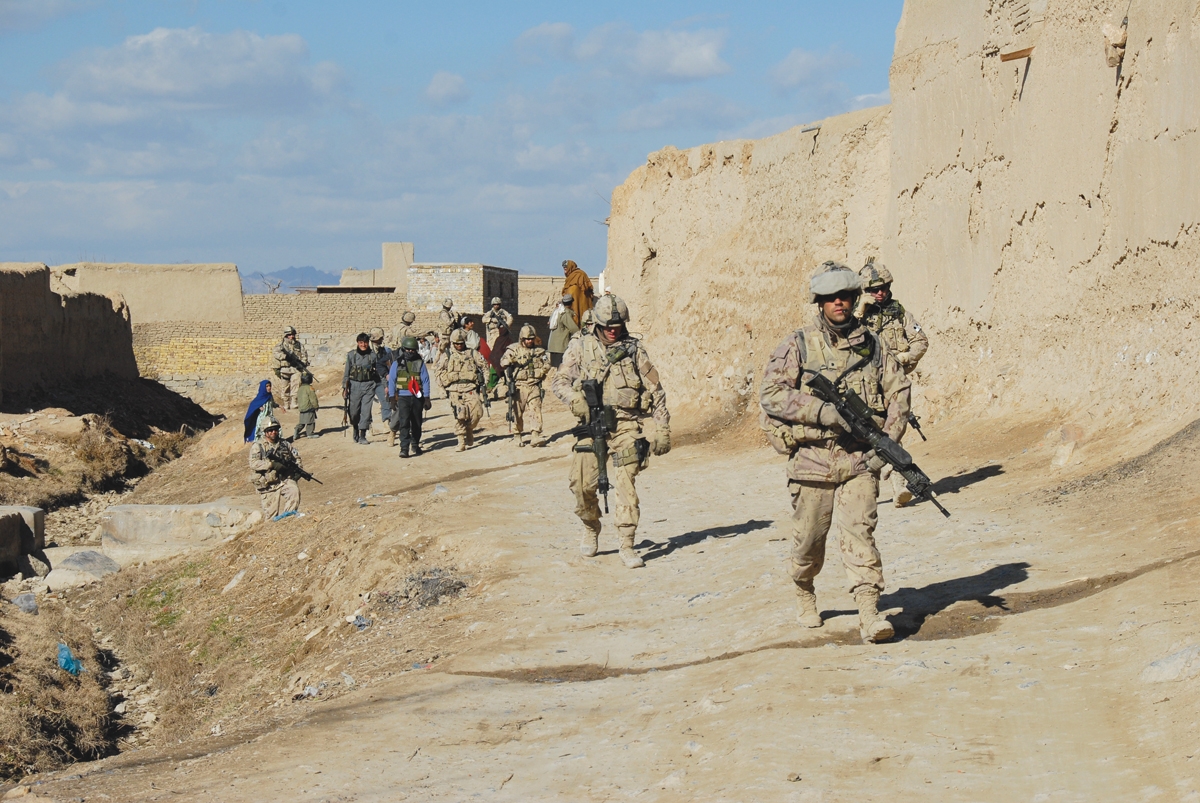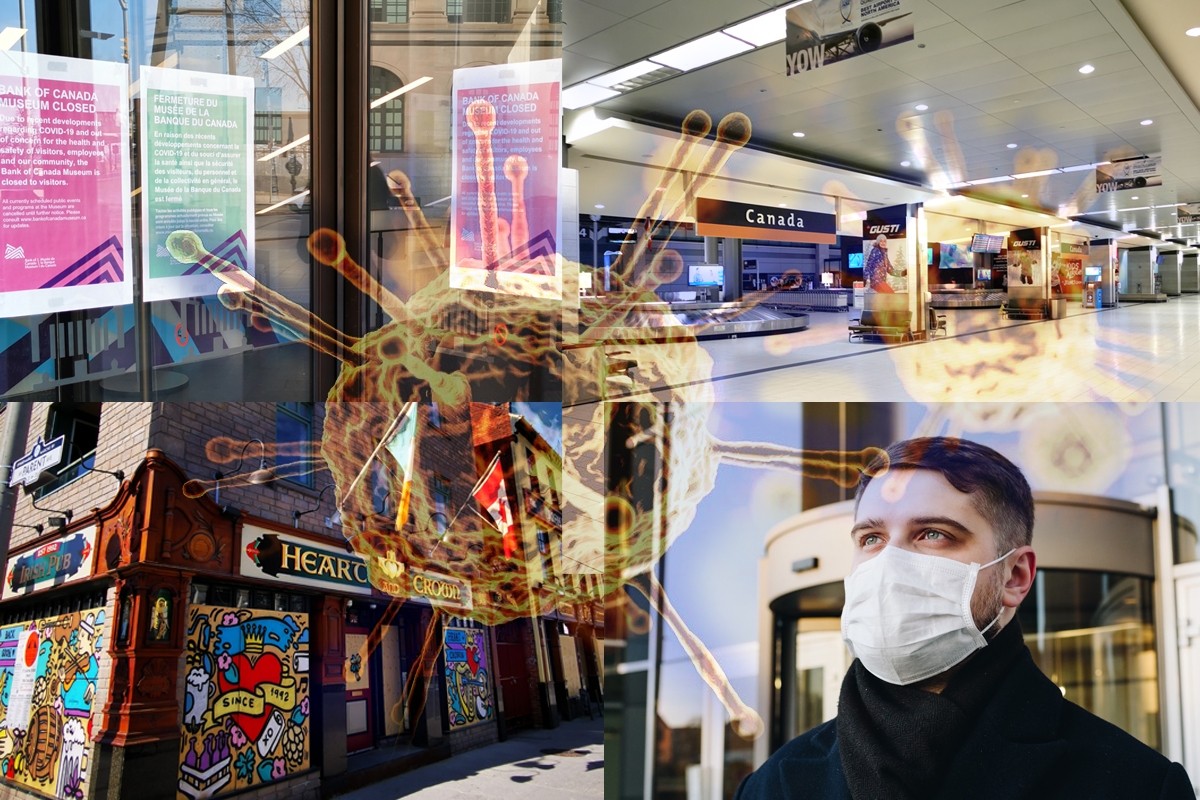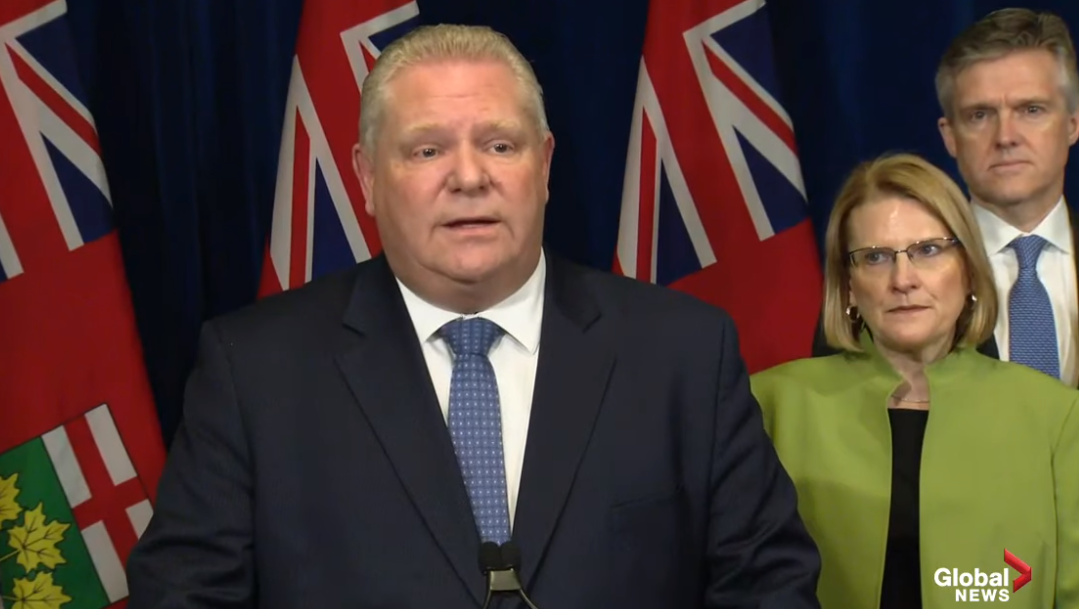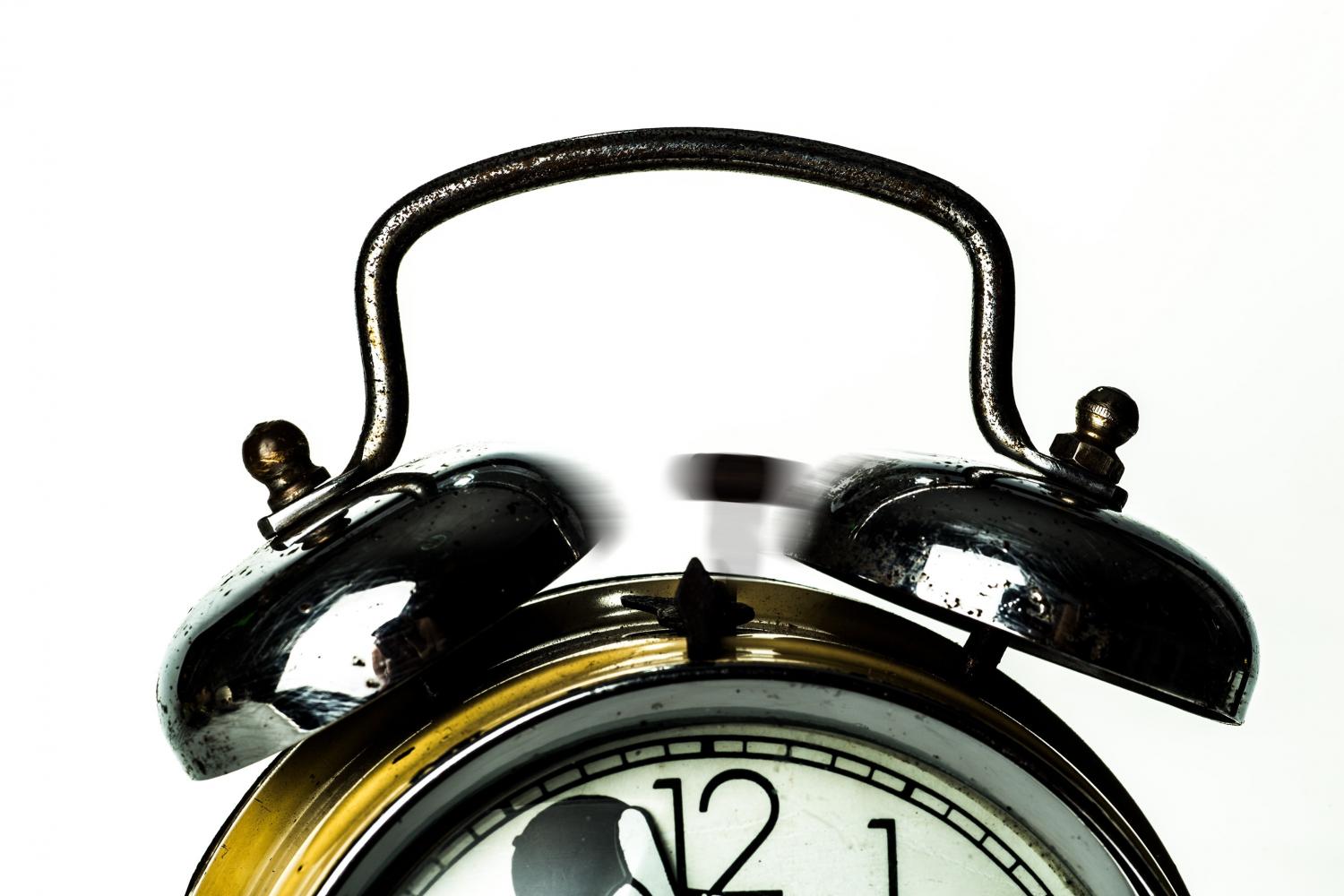
Remembering Canadians from all conflicts
The guns of the First World War fell silent 101 years ago, and Remembrance Day as we know it came into being. Every year since, Canadians have commemorated our war dead and our veterans.
Twenty-five years ago one could still see First World War vets, albeit in small numbers. Now their son’s generation, the group that fought in the Second World War are leaving us too; an 18 year from 1945 would be 92 this year. Canada has to come to terms with the fact that the First World War is gone in living memory and the Second World War will follow suit, with the veterans of the Korean war to follow close behind.
This does not mean that we should stop remembering their sacrifices to preserve our freedoms in the face of Imperialism, Fascism, and Communism that were confronted in those respective conflicts. Almost every Canadian has a story of a family member who served or died in one of the world wars but very few can remember the veterans that walk among us today and who are not forgotten but who are underrepresented in the commemorations at schools, and town square commemorations across Canada. It is important that we remember and pay our respects in turn to these men and woman because they are the living memory of the horrors of war to warn the future generations. Although we may call them peacekeeping veterans or look at them not as warfighters, these men and women often held the line between two sides and were involved in harsh fighting like their forfathers before them.
Most Canadians have probably never heard of Operation Medak Pocket, in 1993, when Canadian soldiers under UN command got into an intense firefight with Croatian forces in an attempt to stop the Croatian military from ethnically cleansing the Serb population in southern Croatia (formerly Yugoslavia), only to come home and be covered up by the Department of National Defence — because it became apparent Canada was involved in a ‘war’ and not a politically correct peacekeeping deployment. Canadian school children will likely not learn about the individual heroism of men like General Lewis Mackenzie who, when it seemed all but impossible, arranged aid deliveries into Sarajevo during the siege. In operations in the former Yugoslavia 23 Canadians died but you will be hard pressed to see a picture of a Canadian soldier with his UN helmet on and the 1000 yard stare on the history channel on Remembrance Day. The same can be said for Canadians who served in other UN deployments like Cyprus where, at certain points, it was more a war than a peacekeeping deployment, particularly in the summer of 1974 when Turkey invaded the island after inter-ethnic tensions between Greeks and Turks hit a boiling point. Nineteen Canadians were wounded and one killed trying to keep the Nicosia International Airport open to the UN rather than let it become a strategic asset in a war between fellow NATO members.
Canada has an astonishingly high amount of Afghan war vets with over 40,000 personal serving on the mission at one point between 2001 and 2014. Canadian troops earned respect as fierce fighters from our international coalition partners, took on some of the hardest missions like Operation Medussa, and achieved astonishing military feats like two of the longest shots in sniping history — of which there are only four. Today, most Afghan war vets are still among us, some suffering from PTSD and others from financial hardships and mistreatment at the hands of governments from both sides of the aisle who have not lived up to their promises to support our veterans.
Canadians soldiers regardless of the conflict they served in offered their lives in the defense of Canadian values, not just in Canada and around the world, and Canada around the world is globally respected because of our values and the moral goodness of our society.
We, as civilians in this country, have a duty every November 11th not to just to remember our veterans from the two major wars from our history but from all conflicts, including the former Yugoslavia, Cyrpus, and Afghanistan. There are veterans who walk among us, and we need to acknowledge their sacrifices.
PHOTO: CPLC Bruno Turcotte, (2008) Kandahar Afghanistan: ISAF









